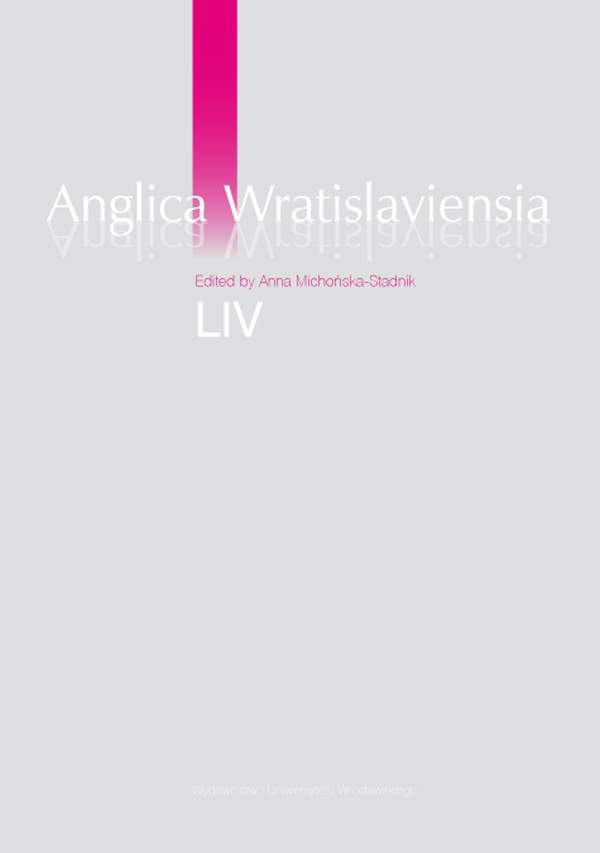

Second Language Acquis

As compounding in English is a very productive process, a number of constructions emerged which can have multiple meanings. This paper aims to investigate the extent to which promiscuous compound nouns can be problematic for L2 English learners. The central questions which are addressed here are as follows: i What strategies do Polish speakers use to overcome the production and comprehension difficulties when processing English compounds? ii To what extent can Polish learners acquire the ability to produce and comprehend English compounds effectively? We compare the production and perception of stress patterns in various types of English compounds by L1 and L2 speakers of English on the basis of a reading protocol and a lexical decision experiment. One of the striking observations is that L1s are not always more accurate than L2s. This concerns stress-recognition in Adjective–Noun A–N phrases which are juxtaposed with A–N compounds. Elsewhere, natives lead in terms of stress-placement. On the other hand, the results obtained by L1s show no difference in stress-production and stress-recognition in Noun–Noun N–N attributive compounds, whereas L2s are more accurate in understanding than producing this type of compounds. A similar situation, in the case of L1s, concerns A–N opaque and N–N argument-head compounds but it is less prominent. As for L2s, A–N opaque compounds elicit relatively comparable results, but N–N argument-head compounds are responded to more accurately in the production experiment. A–N phrases, on the other hand, elicit a huge disproportion of accuracy between production and perception among L1s: although almost flawless in production, two-thirds of responses are inaccurate in perception. As for non-natives, they are more or less equally accurate in the case of A–N opaque compounds less than half correct renditions, but they adopt a strong tendency to produce and perceive fore-stress patterns across the board. Our experiments showed certain regularities in both accuracy and inaccuracy of stress placement by L2s. These regularities can be applied in methodology as to the order of teaching different types of compounds and phrases to Polish learners of English.